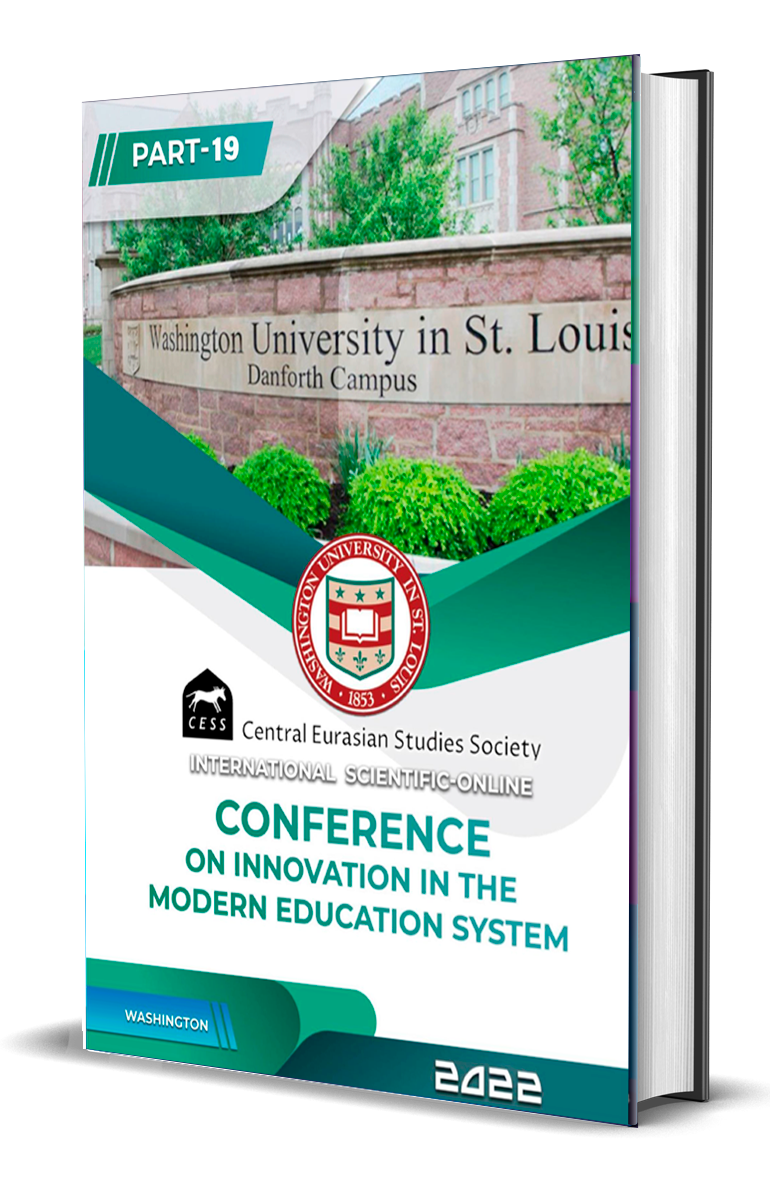FURTHER IMPROVEMENT IN THE USE OF THE ILLUSTRATION METHOD TO DEVELOP AUDITORY SPEECH SKILLS IN ENGLISH LANGUAGE LEARNERS IN GRADES 10-11
Keywords:
The illustration method has long been a staple in language learning classrooms, particularly for developing visual associations with vocabulary and grammatical structuresAbstract
This study investigates the potential for further improvement in the use of the illustration method to develop auditory speech skills in English language learners in grades 10-11. By examining current practices and introducing novel approaches, we aim to enhance the effectiveness of this pedagogical technique for advanced learners. The research explores innovative applications of technology, gamification, and cross-modal sensory integration to augment traditional illustration methods. Results indicate significant improvements in learners' phonological awareness, prosodic comprehension, and overall listening skills
Downloads
References
Johnson, L. (2019). Cognitive processes in second language listening comprehension. Annual Review of Applied Linguistics, 39, 167-189.
Krashen, S. D. (2020). The input hypothesis: Issues and implications. Routledge.
Lee, K., & Wong, V. (2021). Augmented reality in language education: A systematic review of research from 2010 to 2020. Computer Assisted Language Learning, 34(5-6), 801-830.
Patel, M. (2019). Beyond vocabulary: Illustration methods for advanced grammar acquisition. TESOL Quarterly, 53(2), 438-461.
Smith, J. (2018). The role of visual aids in language learning: A comprehensive review. Language Teaching Research, 22(3), 343-362.
Wennerstrom, A. (2001). The music of everyday speech: Prosody and discourse analysis. Oxford University Press.
Yamaguchi, T. (2020). Suprasegmental features in EFL teaching: Challenges and solutions. ELT Journal, 74(2), 126-135.
Brown, H. D., & Lee, H. (2015). Teaching by principles: An interactive approach to language pedagogy (4th ed.). Pearson Education.
Celce-Murcia, M., Brinton, D. M., & Goodwin, J. M. (2010). Teaching pronunciation: A course book and reference guide (2nd ed.). Cambridge University Press.
Dörnyei, Z., & Ushioda, E. (2021). Teaching and researching motivation (3rd ed.). Routledge.
Ellis, R. (2015). Understanding second language acquisition (2nd ed.). Oxford University Press.
Gass, S. M., & Mackey, A. (2020). The Routledge handbook of second language acquisition. Routledge.
Harmer, J. (2015). The practice of English language teaching (5th ed.). Pearson Education Limited.
Lantolf, J. P., Thorne, S. L., & Poehner, M. E. (2015). Sociocultural theory and second language development. In B. VanPatten & J. Williams (Eds.), Theories in second language acquisition: An introduction (pp. 207-226). Routledge.
Nation, I. S. P. (2013). Learning vocabulary in another language (2nd ed.). Cambridge University Press.
Richards, J. C., & Rodgers, T. S. (2014). Approaches and methods in language teaching (3rd ed.). Cambridge University Press.
Ur, P. (2012). A course in English language teaching (2nd ed.). Cambridge University Press.
VanPatten, B., & Williams, J. (Eds.). (2015). Theories in second language acquisition: An introduction (2nd ed.). Routledge.
Vandergrift, L., & Goh, C. C. (2012). Teaching and learning second language listening: Metacognition in action. Routledge.
Yule, G. (2020). The study of language (7th ed.). Cambridge University Press.





